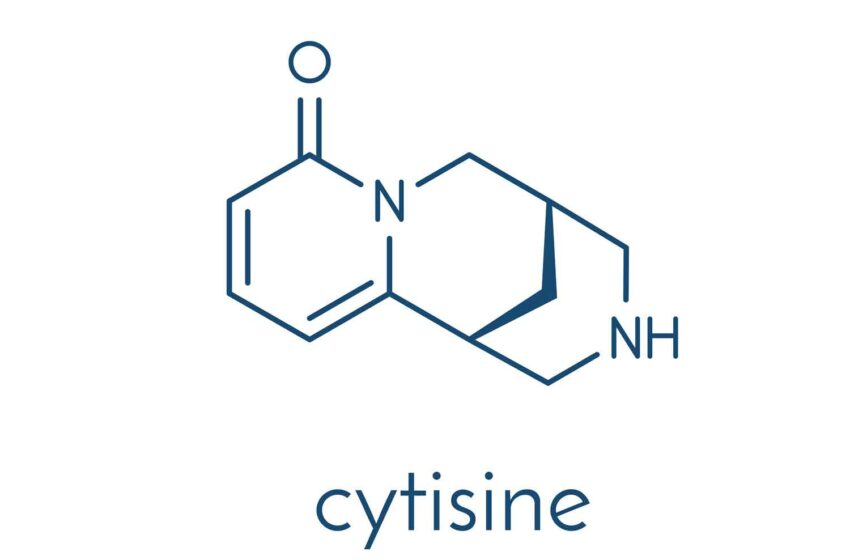The first-ever guideline focuses on helping adult users quit all forms of tobacco. Read More
Tags :cessation
Only one in five participants stopped smoking or vaping, according to the Lung Center. Read More
Cessation rates appear to have increased as smoking alternatives got better. Read More
Only Maine funds programs at CDC-recommended levels, according to a new report.Read More
Smokers are more likely to quit cigarettes with vapes than with conventional cessation tools.Read More
But the stop-smoking aid is not widely available outside of central and eastern Europe. Read More
Updated guidance would permit doctors to prescribe licensed vapor products for cessation. Read More
Coronavirus pandemic draws attention to lung health. Read More
Nicotine Gum Market Poised for GrowthRead More
A smart ‘patch’ being trialled in the US and Australia offers the advantage of delivering timed, high-level doses of nicotine.Read More










